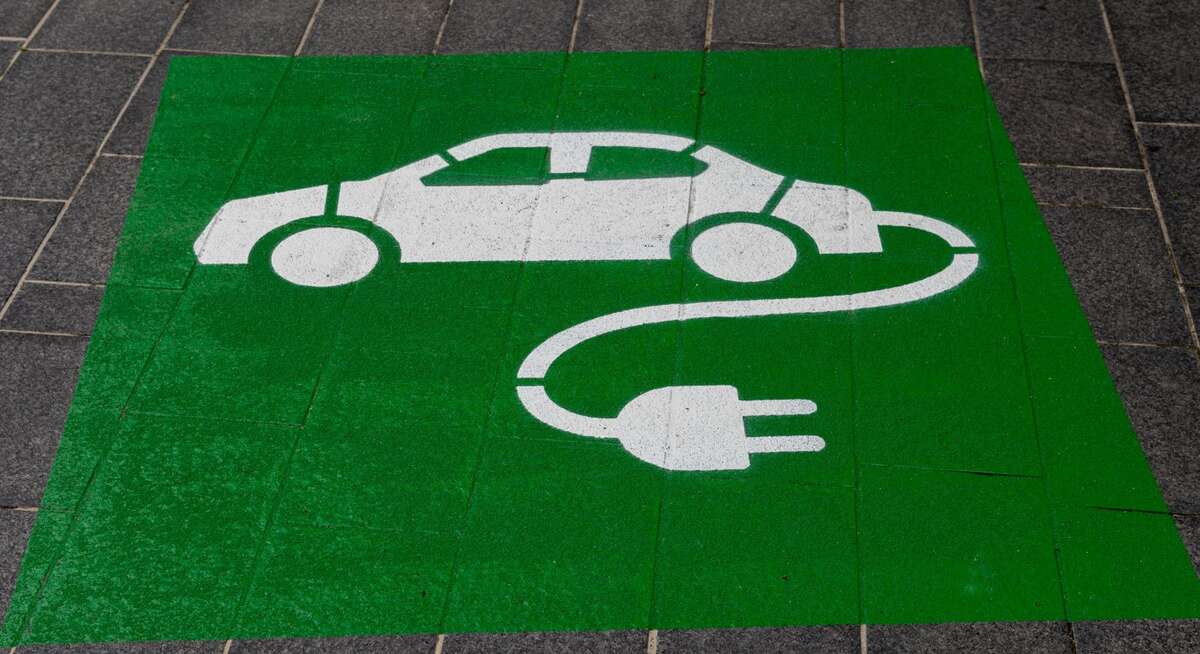Introduction
In this blog post, we will explore the exciting intersection of smart metering and electric vehicle (EV) charging. Smart metering refers to the use of advanced technology to measure and monitor energy consumption in homes and businesses. On the other hand, EV charging pertains to the process of charging electric vehicles using electrical power from the grid. These two fields may seem distinct, but they have a lot in common and can work together to create a more efficient and sustainable energy ecosystem.
The Need for Smart Metering
To understand the potential synergy between smart metering and EV charging, let’s first delve into the need for smart metering. Traditional energy meters provide limited information and lack real-time monitoring capabilities. This makes it difficult for consumers to track their energy usage and make informed decisions about energy conservation. Additionally, utility companies face challenges in managing the demand and supply of electricity effectively.
Smart metering addresses these issues by enabling the collection of detailed energy consumption data at regular intervals. This data can be used to provide consumers with accurate and timely information about their energy usage. It also allows utility companies to monitor the grid more efficiently and optimize energy distribution. With smart metering, consumers and utility companies can work together to reduce energy waste and promote sustainable practices.
The Rise of Electric Vehicles
In recent years, electric vehicles have gained significant popularity due to their environmental advantages and technological advancements. However, the widespread adoption of EVs presents new challenges for energy management. Charging an electric vehicle requires a significant amount of electrical power, which can strain the grid during peak hours. It is crucial to find innovative solutions to manage the charging process effectively.
The Synergy Between Smart Metering and EV Charging
Now that we understand the need for both smart metering and EV charging, let’s explore how these two areas can synergize and create a more sustainable energy ecosystem.
-
Demand Response Programs: Smart metering can play a crucial role in demand response programs for EV charging. By analyzing real-time energy data, utility companies can incentivize EV owners to charge their vehicles during off-peak hours when electricity rates are lower. This helps to balance the grid’s load and reduces the strain during peak demand periods.
-
Grid Integration: Smart metering enables seamless integration of EV charging infrastructure with the existing electrical grid. By monitoring energy consumption patterns, utility companies can identify areas with high EV adoption and plan grid upgrades accordingly. This ensures that the grid can handle the increased demand for electricity without disruptions.
-
Energy Optimization: Smart metering data can be used to optimize energy usage within households and businesses. By analyzing energy consumption patterns, consumers can identify opportunities to shift their energy usage to times when renewable energy sources, such as solar or wind, are abundant. This not only reduces their carbon footprint but also maximizes the utilization of clean energy resources.
-
Billing and Incentives: Smart metering allows for accurate and transparent billing for EV charging. Utility companies can track and bill consumers based on their actual energy usage, promoting fairness and accountability. Additionally, smart metering data can be used to provide incentives, such as discounted electricity rates or rewards, to consumers who actively participate in energy conservation practices.
Conclusion
Smart metering and EV charging are two interconnected fields that have the potential to revolutionize the energy landscape. By leveraging smart metering technology, we can optimize energy usage, reduce strain on the grid, and promote sustainable practices. The synergy between smart metering and EV charging is a step towards a greener and more efficient future. So, let’s embrace this synergistic approach and drive towards a sustainable energy ecosystem.














